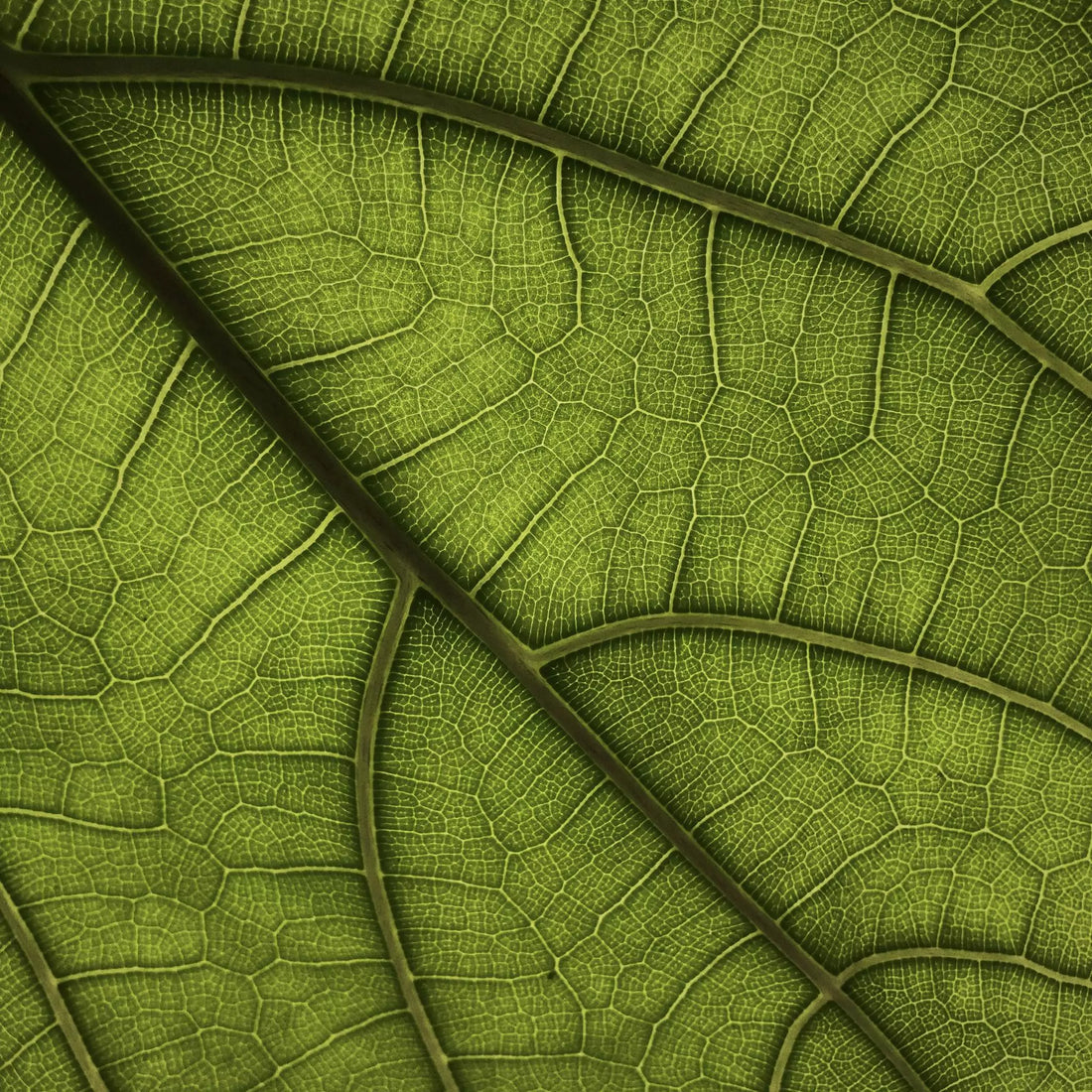
What are Green Notes in Perfumery?
Share
Green notes in perfumery are essential for bringing a fresh, crisp and natural facet to compositions. Imagine breathing in the scent of freshly cut grass, crushed leaves and vibrant foliage in spring: green notes create this uplifting and invigorating effect.
While they can be sourced from natural ingredients, the majority of green notes in modern perfumery are actually recreated using synthetic molecules. This paradox – synthetic ingredients emulating natural scents – highlights the artistry and innovation behind fragrance creation.
This spring, we’re celebrating all things green: keep reading to discover more about this unique olfactory category.
The key molecules behind green notes
One of the most iconic molecules in this category is called cis-3-hexenol: a naturally occurring compound found in plants. This molecule is responsible for the distinctive scent of freshly cut grass, adding a raw, dewy aroma to perfumes. It is widely used in floral compositions to enhance their freshness and realism.
Another excellent example of a green note is Cassis Base. This is a crafted accord rather than a single molecule, and is primarily used to recreate the scent of blackcurrant leaves. Created by Firmenich, Cassis Base brings a rich, green and slightly fruity aspect to compositions. It bridges the gap between green and fruity notes– it’s a valuable component in both fresh and sophisticated fragrances.
The unique scent of fig leaf
Fig leaf is a classic green scent, used in countless modern fresh fragrances. It’s another fascinating example of how green notes are recreated synthetically, often using ingredients like Stemone. Unlike citrus or floral notes, fig scent does not come from a direct natural extract but is instead composed of various molecules that mimic the fresh, milky and earthy aspects of fig leaves. The combination of green leafy notes, lactonic elements and woody facets results in a distinctive fig scent that feels both lush and natural.
Naturally-occurring green notes
While synthetic molecules dominate the green category, there are a handful of natural ingredients that provide authentic green tones.
Natural green notes tend to be highly intense in both scent and colour. One such ingredient is Buchu, a plant native to South Africa, known for its intensely herbal and green aroma. Other natural sources of green notes include galbanum, violet leaf absolute and mate tea. Each offers a different facet of greenness, ranging from crisp to earthy.
How do perfumers use green notes?
Perfumers use green notes to inject vibrancy and a sense of nature into perfume compositions. In floral fragrances they can enhance the freshness of blossoms, whereas in woody compositions they create contrast by adding an earthy (and slightly bitter) edge to the richness of resinous accords.
Despite being largely synthetic, green notes successfully recreate the scents of gardens, fields and forests, bridging the gap between olfactory artistry and nature.
Perfect for anyone who loves invigorating, clean and sophisticated scents, green notes play a crucial role in perfumery by offering a refreshing, naturalistic quality to fragrances. With our Art of Blending concept, you can explore green scents in their purest form, or layer them for something uniquely yours:
Fig Neroli captures green minimalism with fig, orange blossom and earthy vetiver.
Pistachio Haiku (Fig Neroli with Tonka Sesame) softens leafy freshness with a warm, nutty touch.
Bois d’Absinthe (Fig Neroli with Cedarwood Absinthe) deepens the green essence with intense, woody-leathery notes.













